AUD/CAD trades mildly softer today, partly because the Canadian Dollar is lifted by oil prices. More importantly, buying lost momentum, as seen in 4 hour MACD, just ahead of 38.2% projection of 0.8066 to 0.9696 from 0.9247 at 0.9870. A short term top is possibly in place at 0.9857.
Some consolidations would likely follow first. Considering that USD/CAD is on the verge of breaking through 1.2688 low, there is prospect of a deeper pull back in AUD/CAD too. Though, downside should be contained by 0.9617 resistance turned support to bring rally resumption. Break of 0.9870 will target 61.8% projection at 1.0254.




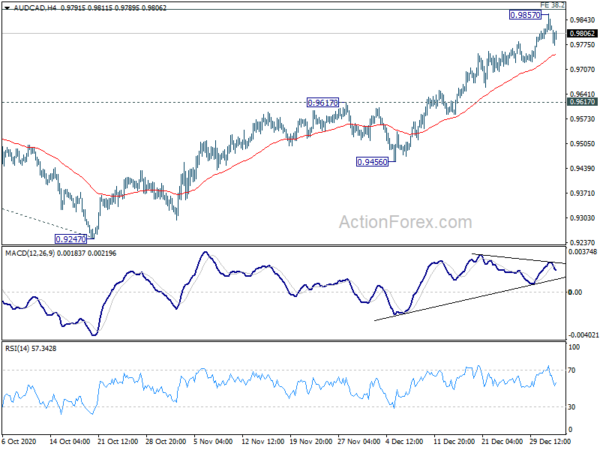
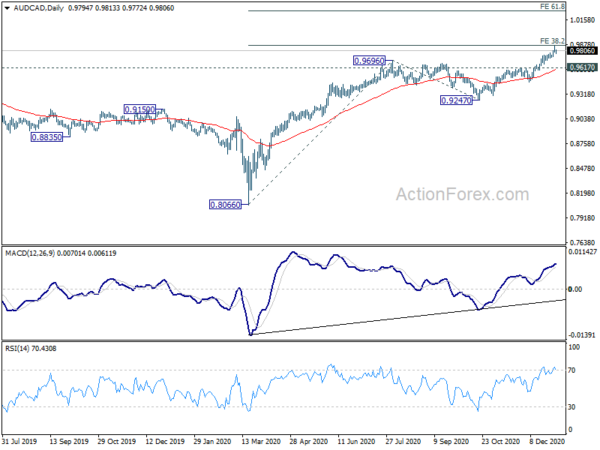
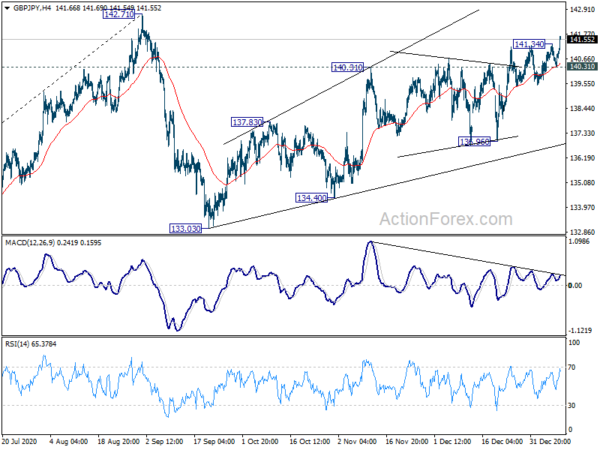
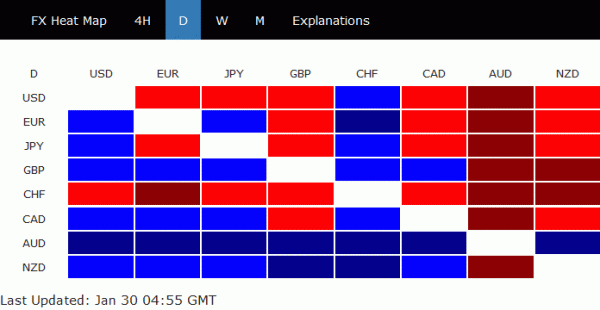
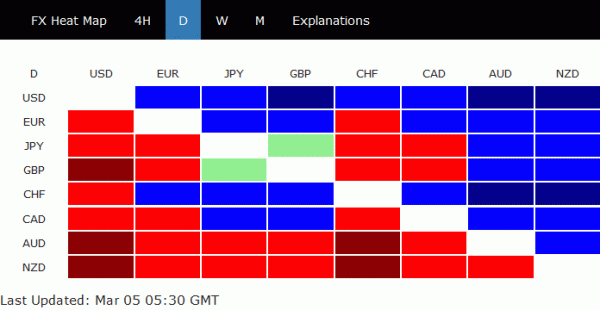
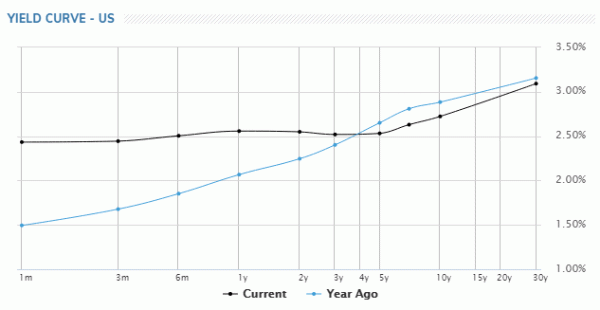
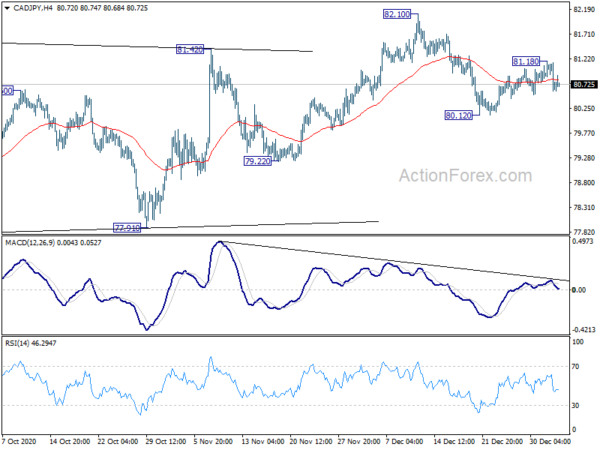
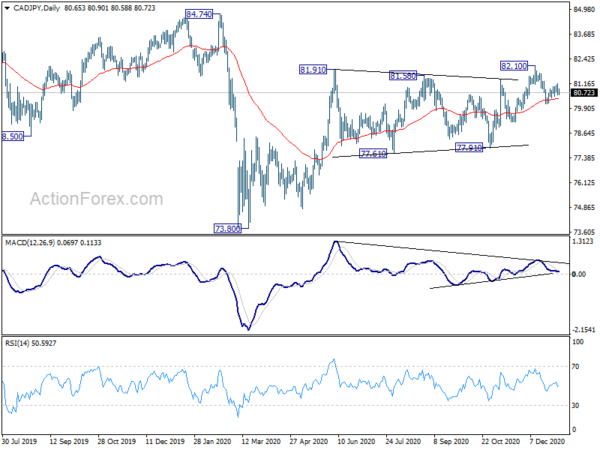

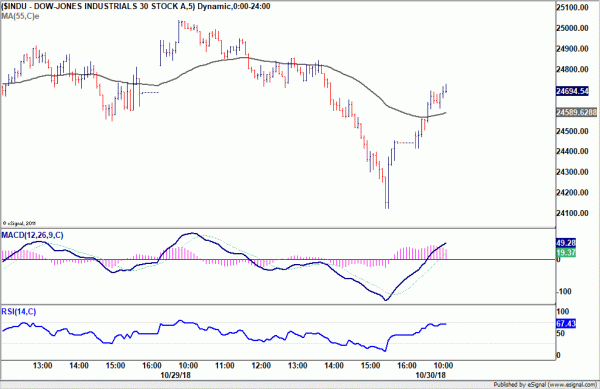
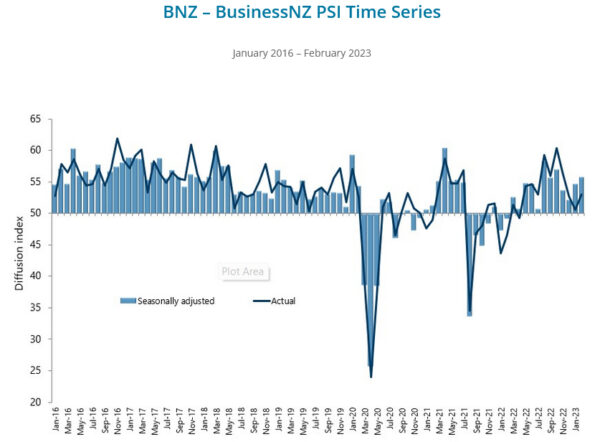
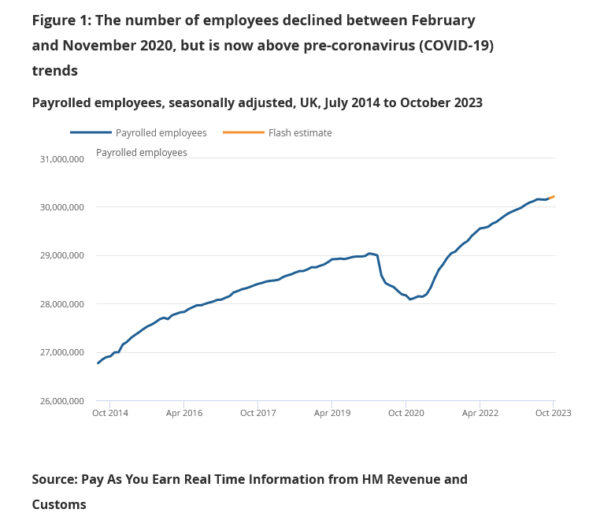
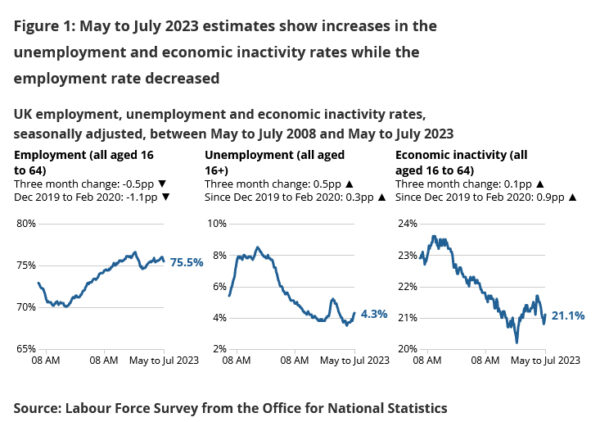
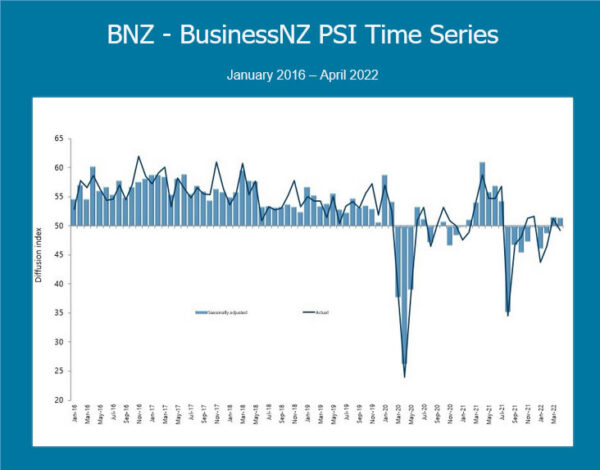
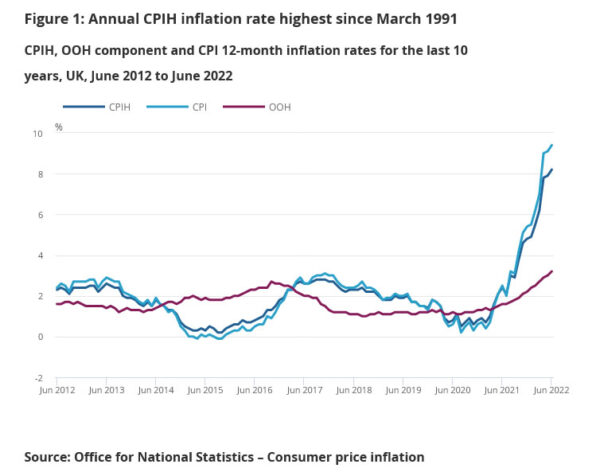
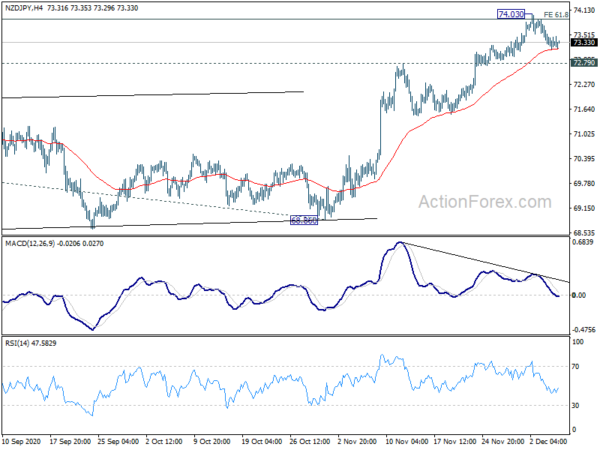
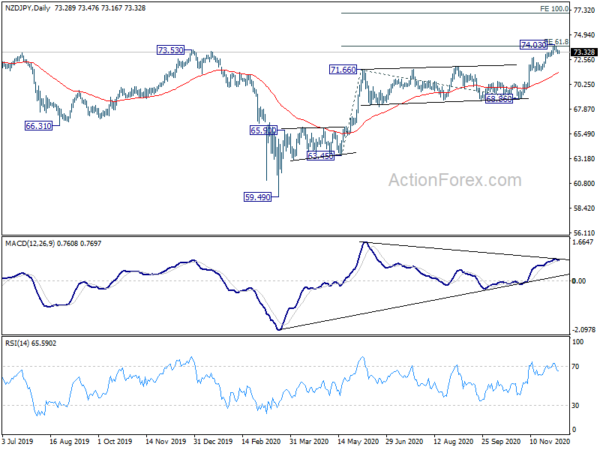
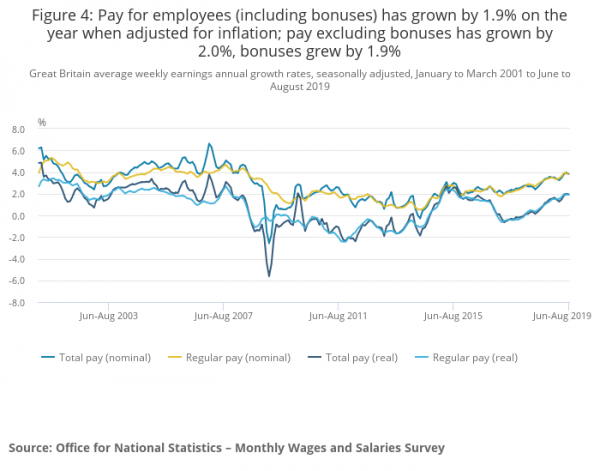
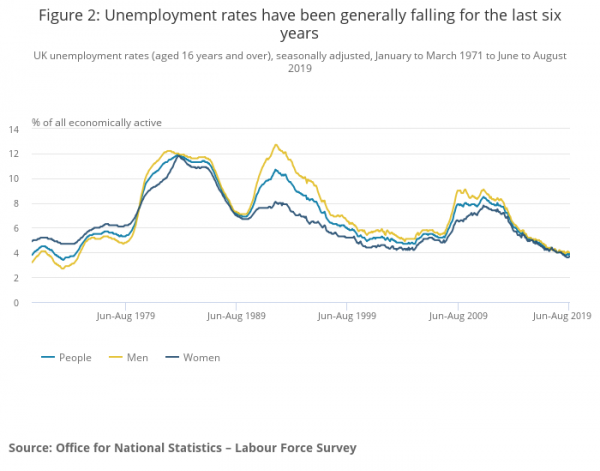
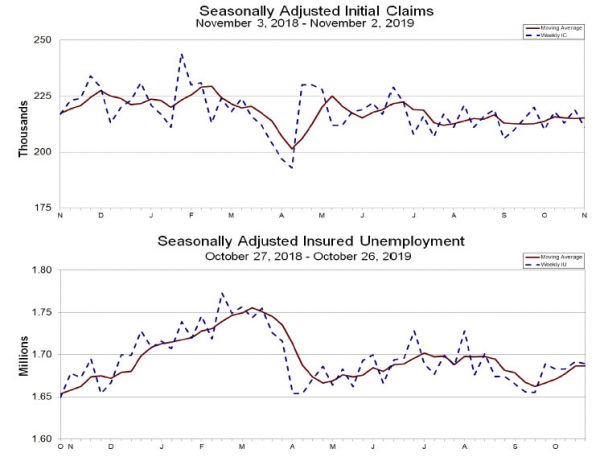

US consumer confidence dropped to 124.1, point to moderation in economic growth
Conference Board US Consumer Confidence Index dropped to 124.1 in March, down from 131.4 and missed expectation of 132.0. Present Situation Index dropped from 172.8 to 160.6. Expectations Index dropped to 103.8 to 99.8.
“Consumer Confidence decreased in March after rebounding in February, with the Present Situation the main driver of this month’s decline,” said Lynn Franco, Senior Director of Economic Indicators at The Conference Board.
“Confidence has been somewhat volatile over the past few months, as consumers have had to weather volatility in the financial markets, a partial government shutdown and a very weak February jobs report. Despite these dynamics, consumers remain confident that the economy will continue expanding in the near term. However, the overall trend in confidence has been softening since last summer, pointing to a moderation in economic growth.”
Full release here.